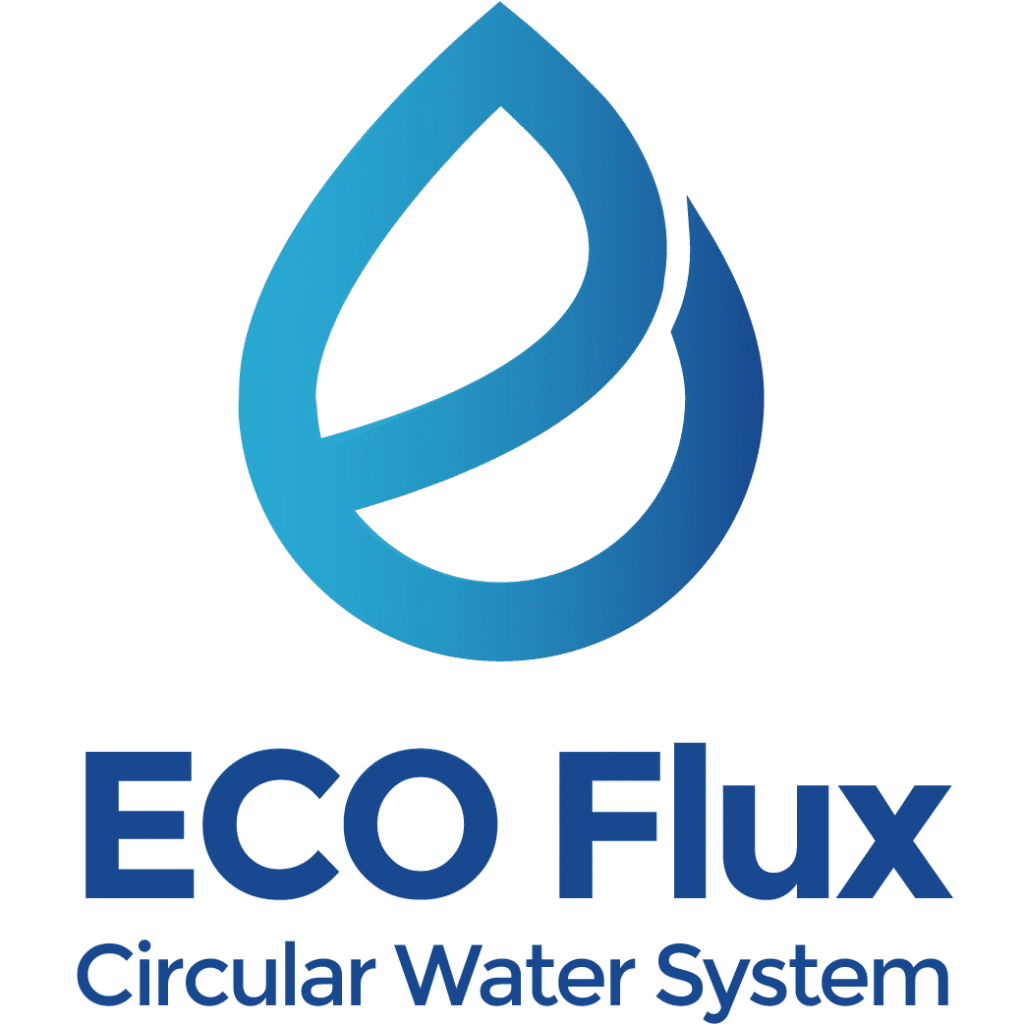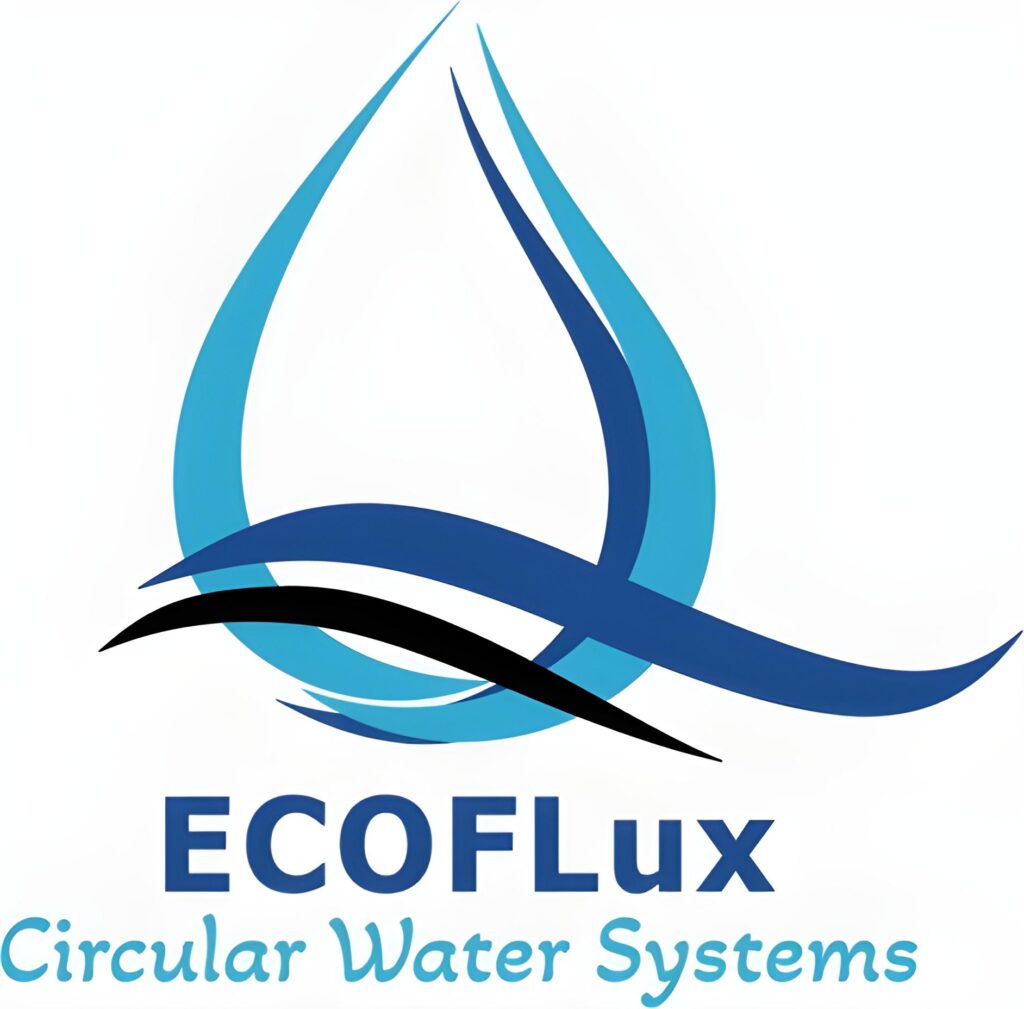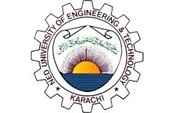Research & Innovation
At EcoFast Technology (EcoFlux), our research transforms scientific discovery into practical impact. From drinking water quality monitoring and wastewater reclamation to advanced ion exchange membranes for acid, base, and metal recovery, we focus on solving the world’s most urgent water and energy challenges.
Our publications and high-impact studies demonstrate how innovation in membrane science drives cleaner industries, sustainable energy, and Zero Liquid Discharge (ZLD) solutions.
1
Drinking Water Quality Monitoring, Assessment and Management in Pakistan: A Review
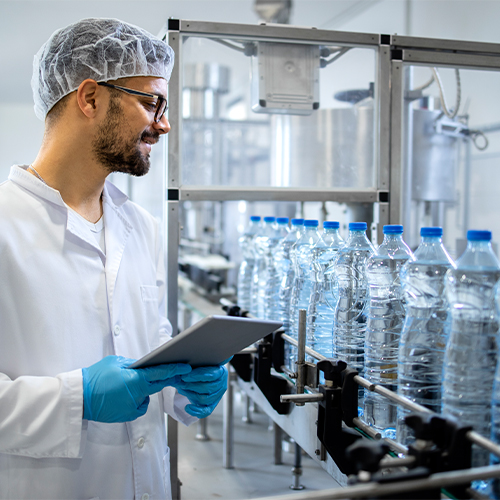
- Process: Drinking water quality monitoring, risk analysis, and management frameworks.
- Water to be Treated: Urban and rural drinking water systems across Pakistan, from catchment to consumers.
- Challenge: Rapid urbanization, industrial discharges, weak regulatory frameworks, and climate change leading to unsafe drinking water, posing serious risks to public health and economic growth.
- Solution: Development of a robust water quality framework including preventive risk management (Water Safety Planning), Environmental Impact Assessments (EIA), and independent surveillance, supported by government and non-governmental reports and research studies.

Advantages
- Improved access to safe drinking water
- Tangible improvements in public health and socioeconomic status
- Stronger regulatory compliance and risk management
- Long-term sustainability through development-oriented strategies
2
Caustic Regeneration Using Glycolated SPES/CA Membranes (DD–ED Process)
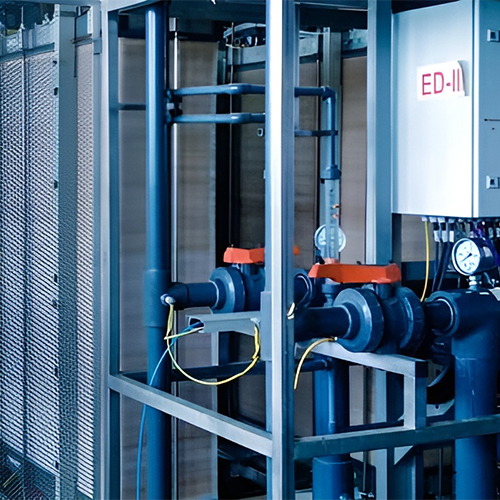
- Process: Coupled Diffusion Dialysis (DD) and Electrodialysis (ED) for industrial caustic recovery.
- Water to be Treated: Wastewater streams containing spent caustic from chemical, petrochemical, and metallurgical industries.
- Challenge: Wastewater streams containing spent caustic from chemical, petrochemical, and metallurgical industries.
- Solution: Novel SPES/CA blend cation exchange membranes enhanced with graphene oxide and glycolation (EG/PEG). The optimized SCGM1–13 membrane demonstrated balanced mechanical strength, high conductivity, and strong ion exchange performance.

Advantages
- High Recovery Efficiency: NaOH recovery of 2.2–5.3 g/L with Columbic efficiency of 78.5%.
- Energy Efficient: Very low energy use (0.37–0.67 kWh/kg NaOH).
- Superior Selectivity: High permselectivity (92.5%–94.7%) with separation factor of 351.4.
- Durable & Stable: Strong mechanical strength (6.74 MPa) with anti-fouling properties.
- ZLD Compliant: A cost-effective, sustainable solution for Zero Liquid Discharge operations.
3
Flat-Plate Membrane Module for Acid Regeneration & Metal Recovery
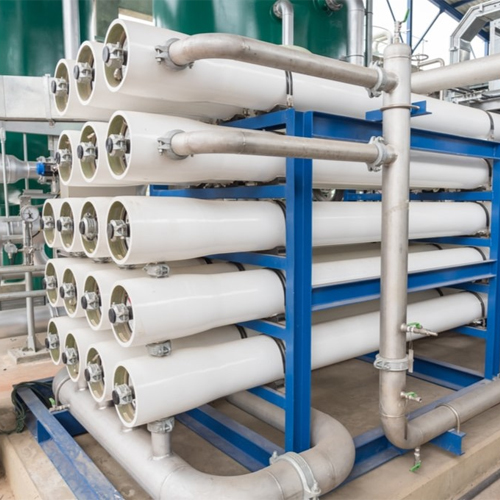
- Process: Diffusion Dialysis (DD) using a flat-plate and frame module with QPECH–PAN membranes.
- Water to be Treated: Spent acidic wastewater from textile and chemical industries containing sulfuric acid and dissolved metals.
- Challenge: High operational costs of acid neutralization and disposal, loss of valuable acids/metals, and environmental risks from untreated acidic effluents.
- Solution: Development of quaternized polyepichlorohydrin–polyacrylonitrile (QPECH–PAN) membranes with strong mechanical, physicochemical, and electrochemical stability. The system achieved efficient recovery of acids and metals while lowering overall operating costs.

Advantages
- High Acid Recovery: Up to 72% H₂SO₄ recovery.
- Metal Recovery: Nearly 48% recovery of dissolved metal ions.
- Strong & Durable: Excellent tensile strength (329.56 MPa) for long operational life.
- Efficient Performance: IEC: 1.76 mmol/g, Swelling Degree: 60.9%, Permselectivity: ~79.5%.
- Economic Benefit: Annual savings of US $0.53 million on H₂SO₄ and NaOH, with 40.9% lower OPEX compared to conventional acid neutralization.
- Sustainable: Provides a green, cost-effective pathway for resource recovery and wastewater treatment.
